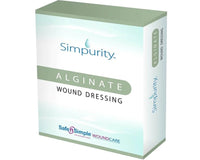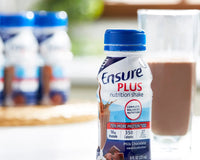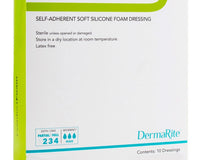In recent years, the medical community has witnessed significant advancements in wound care technology, with hydrogels at the forefront. These innovative materials have revolutionized how healthcare professionals manage and treat various types of wounds. Hydrogels are composed of a network of polymer chains that are capable of retaining large amounts of water, making them highly effective in maintaining a moist wound environment, which is crucial for optimal healing.
Unlike traditional wound dressings, hydrogels offer a unique combination of properties that enhance healing. They provide a cooling and soothing effect, which can significantly reduce pain and discomfort for patients. Additionally, their high water content helps to prevent the wound from drying out, promoting faster tissue regeneration and reducing the risk of infection. This makes hydrogels particularly beneficial for treating burns, ulcers, and other chronic wounds.
At Cart Health, we understand the importance of using the right products for wound care. That's why we offer a wide range of hydrogel-based dressings and solutions to meet your unique needs. Whether you're a caregiver, health professional, or patient, you can trust our expertise and commitment to providing top-quality medical supplies. Order online here for convenient shopping and doorstep delivery!
Benefits of Hydrogels for Wound Healing
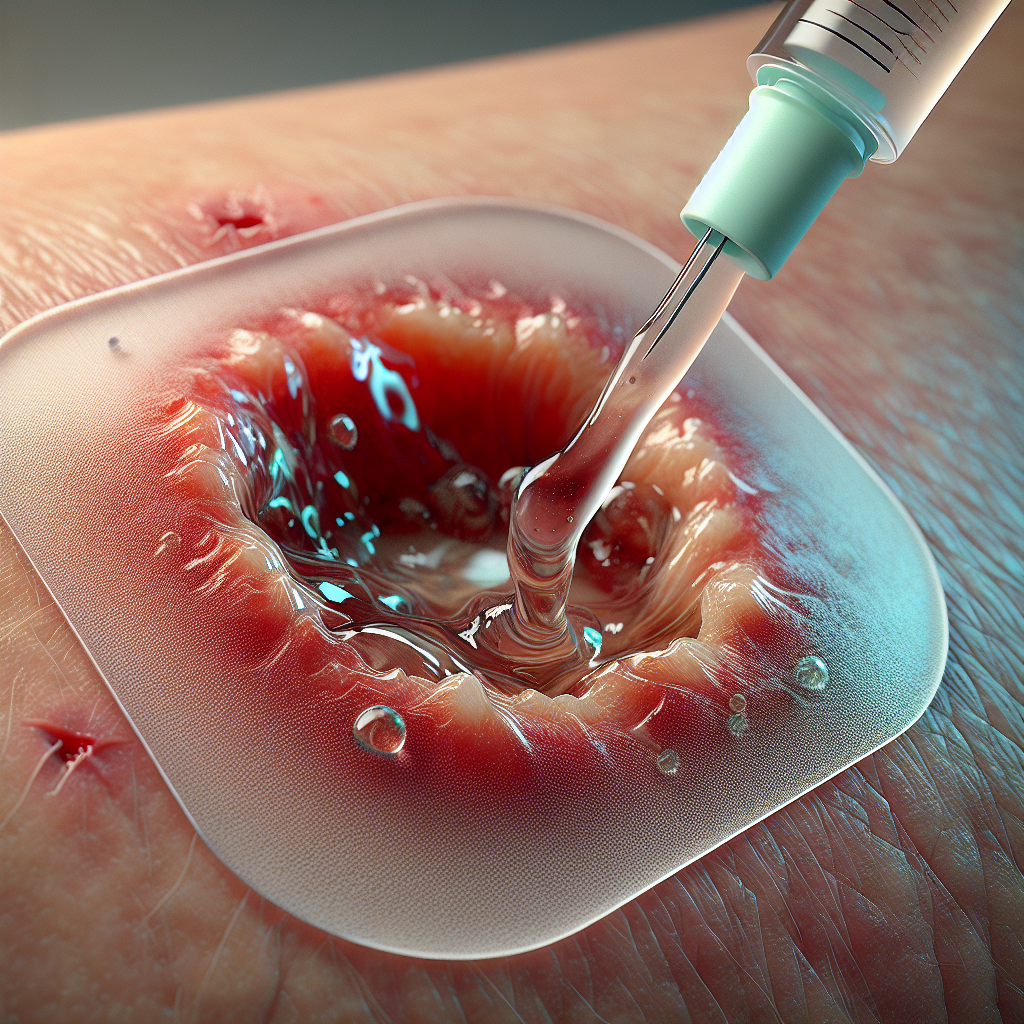
Hydrogels offer a multitude of benefits that make them an ideal choice for wound healing. One of the primary advantages is their ability to maintain a moist wound environment, which is critical for effective healing. Moisture helps to accelerate the healing process by promoting cell migration and proliferation. It also facilitates the removal of dead tissue, reducing the likelihood of infection.
Another significant benefit of hydrogels is their cooling and soothing properties. The high water content in hydrogels provides a cooling effect that can alleviate pain and discomfort associated with wounds. This is particularly beneficial for patients with burns or painful ulcers. Additionally, the gentle nature of hydrogels makes them suitable for sensitive skin, reducing the risk of further irritation.
Hydrogels are also highly versatile and can be used for a wide range of wound types, including burns, ulcers, surgical wounds, and pressure sores. Their flexibility allows them to conform to the wound bed, ensuring maximum contact and effectiveness. Furthermore, hydrogels are easy to apply and remove, minimizing trauma to the wound during dressing changes.
Lastly, hydrogels can incorporate various therapeutic agents such as antimicrobial compounds, growth factors, and pain relievers. This enhances their ability to not only protect the wound but also actively contribute to the healing process. The combination of these benefits makes hydrogels a revolutionary solution in modern wound care.
Types of Hydrogel Dressings Available
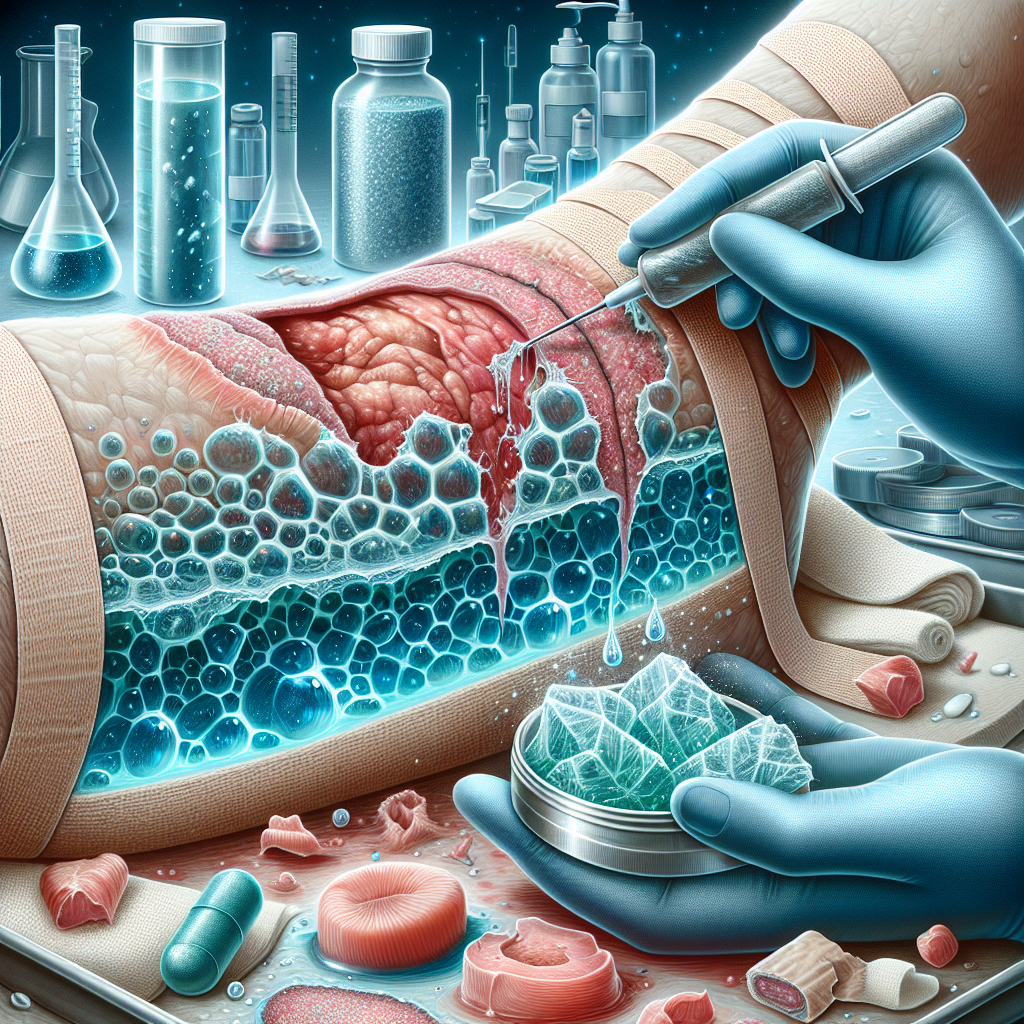
Hydrogel dressings come in a variety of forms, each designed to cater to different types of wounds and stages of healing. Understanding the different types available can help caregivers and health professionals choose the most appropriate dressing for their patients' needs.
Amorphous Hydrogels are free-flowing gels that can be easily applied to irregularly shaped wounds or cavities. They offer excellent moisture retention and are particularly useful for dry or necrotic wounds, as they help to rehydrate dead tissue, making it easier to remove.
Sheet Hydrogels are flat, flexible sheets that can be cut to fit the wound size. They provide a cooling and soothing effect, making them ideal for superficial burns, abrasions, and radiation burns. Sheet hydrogels are also easy to apply and remove, causing minimal discomfort during dressing changes.
Impregnated Gauze combines the benefits of hydrogels with the structural support of gauze. This type of dressing is soaked with hydrogel and offers additional absorbency, making it suitable for moderately exuding wounds. It is often used for pressure ulcers and surgical wounds.
Hydrogel-Impregnated Foams are designed to offer both moisture and cushioning. These dressings are particularly effective for wounds that require additional protection against pressure and friction. They are commonly used for chronic wounds like diabetic foot ulcers.
Each type of hydrogel dressing serves a unique purpose, and their selection should be based on the specific needs of the wound. By understanding the various options available, healthcare providers can offer more personalized and effective wound care solutions.
Mechanism of Action in Wound Healing
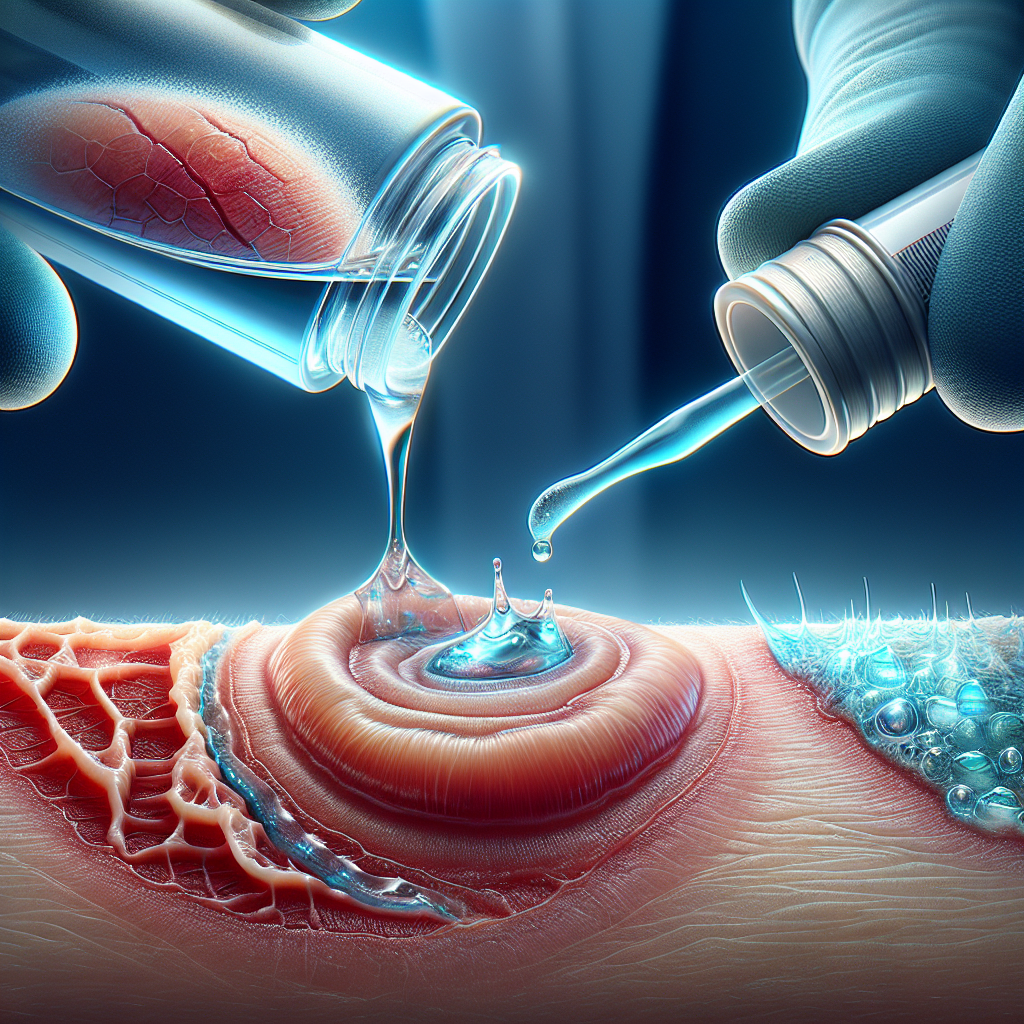
The mechanism of action of hydrogels in wound healing is both fascinating and complex. These advanced dressings work by providing an *optimal moist environment* that is essential for efficient wound healing. Here's how they work:
Moisture Retention: One of the primary functions of hydrogels is to maintain a moist environment around the wound. This is crucial because moisture supports cell migration and proliferation, which are key processes in tissue regeneration. By keeping the wound moist, hydrogels prevent the wound bed from drying out, which can delay healing and cause discomfort.
Autolytic Debridement: Hydrogels facilitate autolytic debridement, a natural process where the body's enzymes break down dead tissue. This is achieved by the high water content of the hydrogel, which softens and loosens necrotic tissue, making it easier to remove. This process not only cleans the wound but also reduces the risk of infection.
Pain Relief: The cooling effect of hydrogels provides immediate pain relief upon application. This is particularly beneficial for burns and painful ulcers. The hydrogel's ability to cushion the wound also minimizes pressure and friction, further enhancing comfort for the patient.
Barrier Protection: Hydrogels act as a barrier against external contaminants, reducing the risk of infection. Their semi-permeable nature allows oxygen and essential gases to pass through while keeping out bacteria and other harmful particles.
Promoting Granulation Tissue Formation: The moist environment created by hydrogels promotes the formation of granulation tissue, which is the new tissue that forms during the healing process. This supports faster and more effective wound closure.
By understanding these mechanisms, healthcare providers can better appreciate the multifaceted benefits of hydrogels in wound care, leading to more informed choices in treatment plans.
Clinical Applications and Case Studies
Hydrogels have demonstrated remarkable efficacy across various clinical applications, making them a versatile choice in modern wound care. Numerous *case studies and clinical trials* highlight their benefits in treating different types of wounds.
Burns: Hydrogels are particularly effective in managing burn injuries. Their high water content provides a cooling effect that soothes pain and inflammation. Additionally, hydrogels create a moist environment that promotes faster healing and reduces scarring. Case studies have shown significant pain reduction and improved healing times in patients with second-degree burns treated with hydrogel dressings.
Diabetic Ulcers: Diabetic foot ulcers are notoriously difficult to heal and often lead to severe complications. Hydrogels have been shown to improve healing outcomes in these patients by maintaining a moist wound environment and facilitating autolytic debridement. Clinical trials indicate that hydrogel dressings can reduce the healing time and lower the risk of infection in diabetic ulcers.
Pressure Ulcers: Pressure ulcers, or bedsores, pose a significant challenge in long-term care settings. Hydrogels offer an effective solution by providing a cushioning effect that reduces pressure on the wound. Studies have documented the successful use of hydrogel dressings in reducing the size and severity of pressure ulcers, enhancing patient comfort, and promoting faster healing.
Surgical Wounds: Post-operative care often involves managing surgical wounds to prevent infection and promote healing. Hydrogels are ideal for this purpose due to their antimicrobial properties and ability to maintain an optimal moisture balance. Clinical evidence supports the use of hydrogel dressings in reducing post-surgical complications and accelerating recovery.
These clinical applications underscore the versatility and effectiveness of hydrogels in wound care. By examining case studies and clinical trials, healthcare providers can gain valuable insights into the practical benefits of hydrogels, leading to more effective and patient-centered care strategies.
Future Innovations in Hydrogel Technology

The future of hydrogel technology in wound care looks incredibly promising, with ongoing research and innovation paving the way for even more advanced and effective treatments. Scientists and researchers are continuously exploring new formulations and applications to maximize the therapeutic potential of hydrogels.
Smart Hydrogels: One of the most exciting developments is the creation of *smart hydrogels* that can respond to environmental stimuli such as pH, temperature, and electrical signals. These advanced materials can release medication in a controlled manner, ensuring that drugs are delivered precisely when and where they are needed. This targeted approach can significantly enhance the healing process and reduce the risk of side effects.
Bioactive Hydrogels: Incorporating bioactive compounds into hydrogels is another area of active research. These hydrogels can be enriched with growth factors, antimicrobial agents, and other bioactive molecules to further promote tissue regeneration and prevent infections. Early studies have shown that bioactive hydrogels can accelerate wound healing and improve the overall outcomes for patients.
3D-Printed Hydrogels: The advent of 3D printing technology has opened up new possibilities in the customization of hydrogel dressings. Researchers are now able to create hydrogel structures tailored to the specific needs of individual patients, ensuring an optimal fit and enhanced healing. This technology could revolutionize personalized wound care, making treatments more effective and comfortable for patients.
Hydrogels in Regenerative Medicine: Beyond wound care, hydrogels are also being explored for their potential in regenerative medicine. These materials can serve as scaffolds for tissue engineering, supporting the growth of new tissues and organs. As research in this field progresses, hydrogels could play a crucial role in treating a wide range of conditions, from skin injuries to organ failures.
As hydrogel technology continues to evolve, we can expect even more innovative and effective solutions to emerge, transforming the landscape of wound care and beyond. To stay updated on the latest advancements and to explore our range of hydrogel products, order online here for convenient shopping and doorstep delivery!


